Researchers rely on SHI’s products for everything from ultra-low temperature systems to laboratory cryostats.
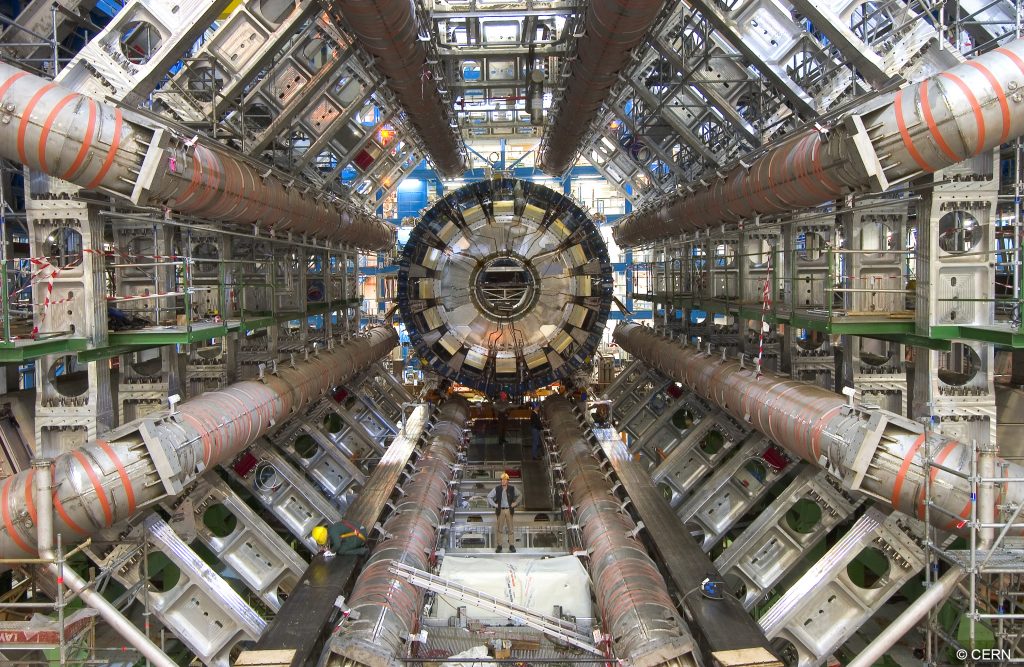
Unlike regular electromagnets, superconducting magnets transport electrical current without losing energy. This superconductivity is typically achieved by cooling the magnet to very low temperatures (4.2 K/-269 °C/-452 °F) using liquid helium. At this point, SHI’s Cryocooler systems take over, minimizing the amount of liquid helium consumed, or eliminating losses by recondensing the helium. SHI Gifford-McMahon and Pulse Tube Cryocoolers are used around the world to cool a variety of superconducting magnets, including:
- Magnetic Resonance Imaging (MRI)
- Nuclear Magnetic Resonance (NMR)
- Mass spectrometers
- Magnetic levitation (Maglev) trains
- Fusion reactors
- Particle accelerators
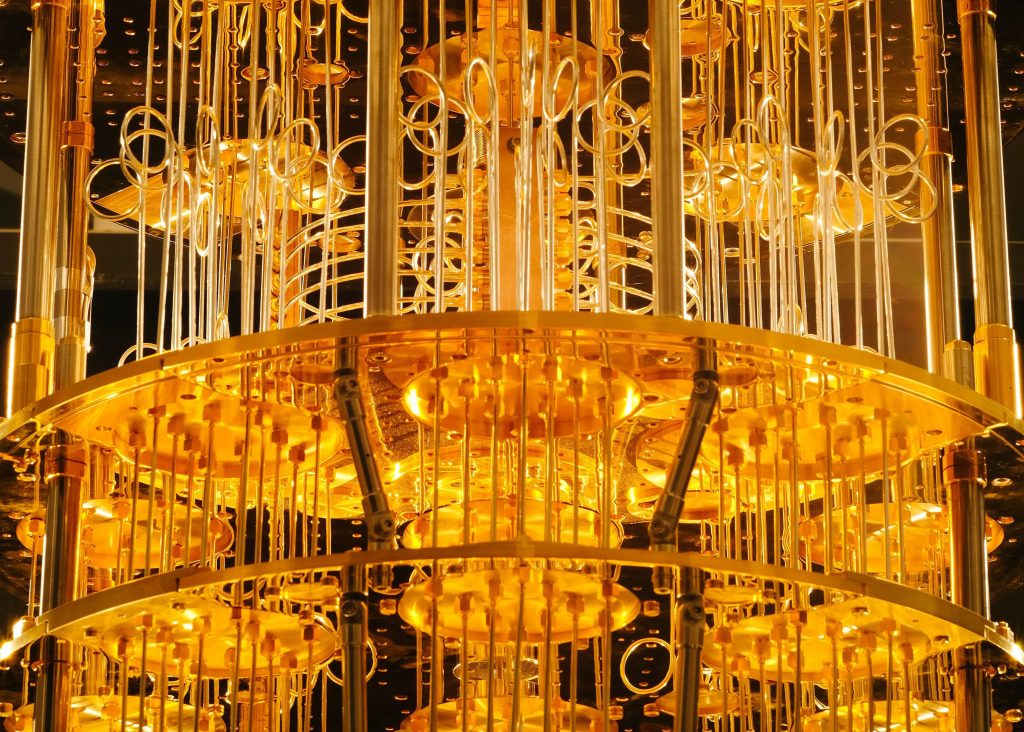
Today’s commercial cryocooler technology regularly achieves liquid helium temperatures of 4.2 K (-269 °C/-452 °F). However, ultra-low temperature systems like dilution refrigerators take this even further. Using Pulse Tube Cryocoolers to pre-cool the helium, dilution refrigerators can reach temperatures below 1 K (-272 °C/-458 °F).
These ultra-low temperature systems play an important role in emerging quantum computing technology. Qubits, the basic unit of information in quantum computers, must be cooled to very low temperatures, near absolute zero. Dilution refrigerators will play a critical role in this process as quantum computers continue to scale up in size.

Unlike other superconducting magnets, high-temperature superconductors are typically made from ceramic materials that reach superconductivity above 77K (-196 °C/-321 °F), the temperature at which nitrogen becomes a liquid. SHI Single-Stage Gifford-McMahon Cryocoolers offer the perfect solution for cooling these magnets with liquid nitrogen, a more cost-effective option compared to low-temperature magnets requiring liquid helium. Applications for high-temperature superconductors include:
- Wind turbines
- Magnetic levitation (Maglev) trains
- Fault current limiters
- Fusion reactors
- Transformers
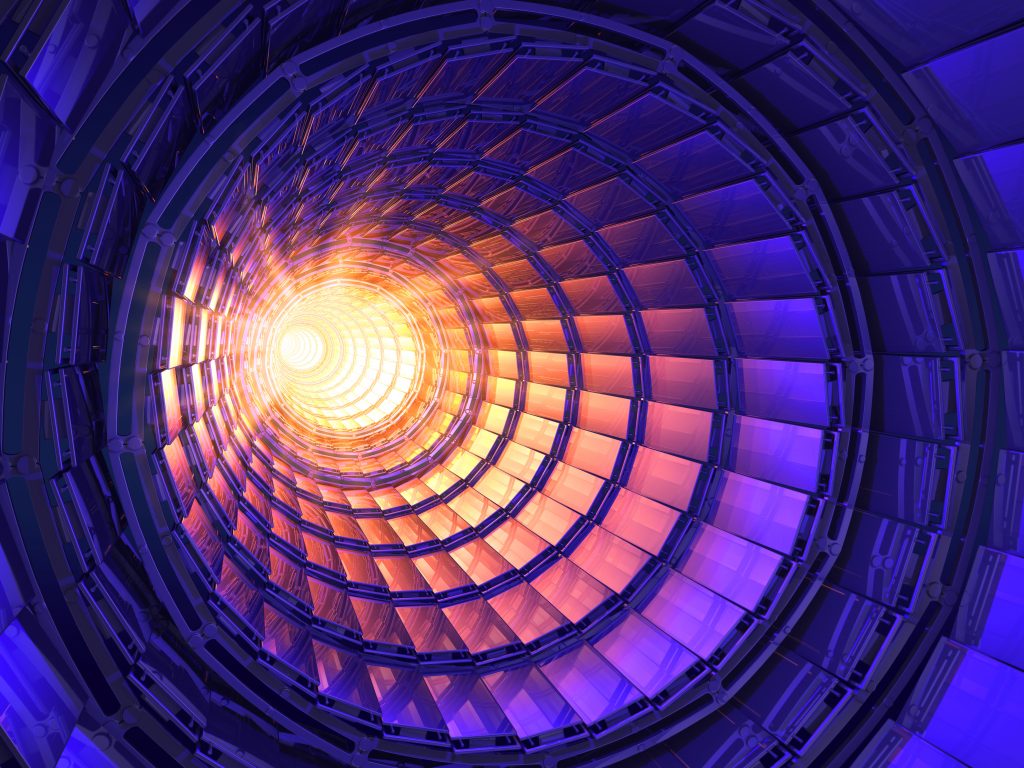
Particle accelerators produce a beam of charged particles, which is then accelerated to very high energies using electric fields. Both SHI Cryopumps and Cryocoolers can be found doing critical work inside accelerator systems:
- Cryopumps help create a vacuum inside the metal beam pipe, allowing particles to travel along the line unobstructed.
- Cryocoolers allow the accelerator to operate at liquid helium temperatures and maintain superconductivity.
Today, there are over 30,000 particle accelerators operating around the world. Their purposes are diverse, and include:
- Particle physics research, including studying the origins of the universe
- Consumer product development, such as ion implantation for integrated circuit manufacturing
- The diagnosis and treatment of disease, including particle therapy for cancer treatment
- National security functions, like cargo inspection and materials characterization
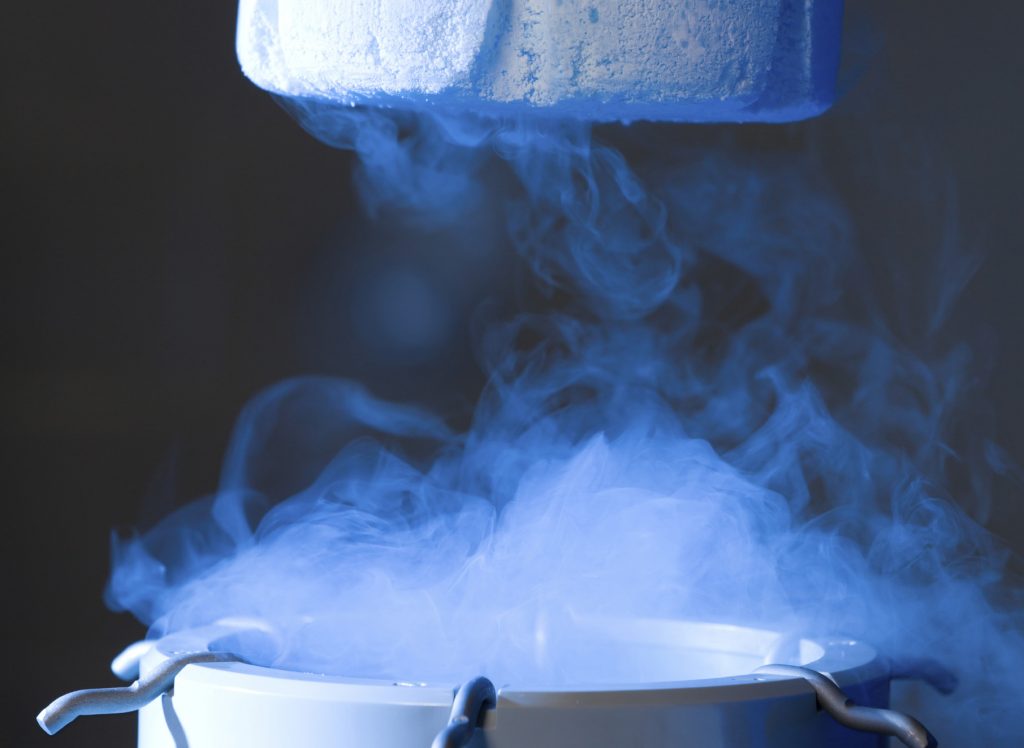
Liquid helium and liquid nitrogen play a crucial role in the cooling of superconducting magnets and other laboratory cryostats. Helium, particularly, is a finite resource, making the conservation of this important element increasingly vital. SHI Cryocoolers play an integral role in the liquefaction of helium, nitrogen and other gases. SHI’s 4K Gifford-McMahon and Pulse Tube Cryocoolers are essential components in helium liquefiers, while nitrogen liquefiers employ SHI’s Single-Stage Gifford-McMahon Cryocoolers.
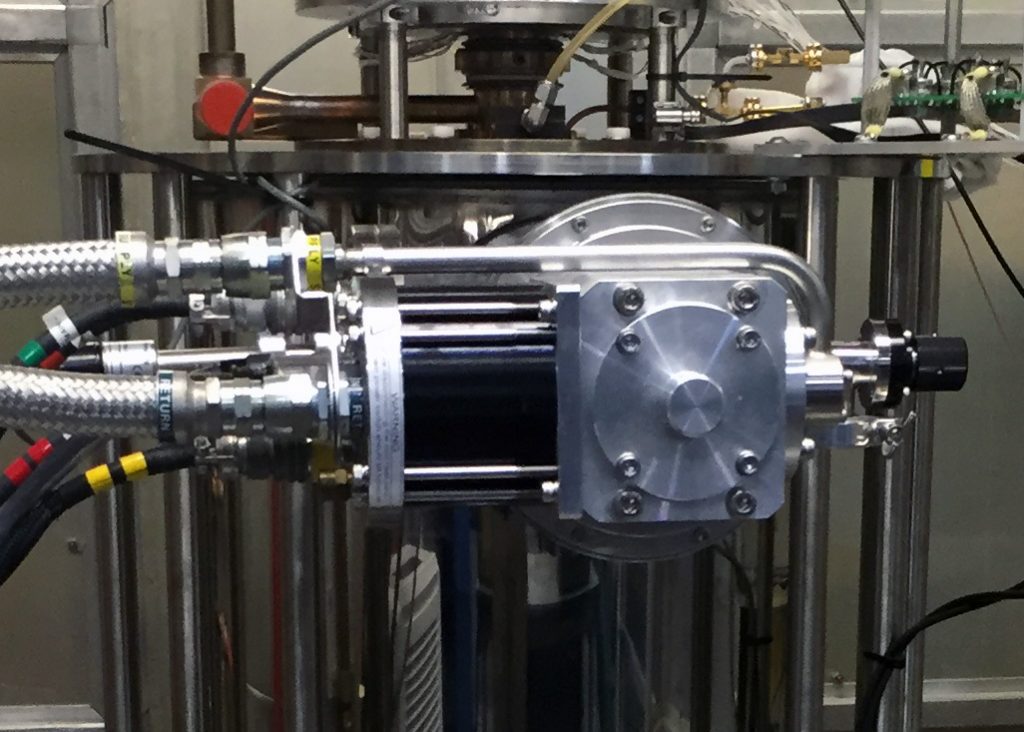
SHI cryogenic products are used in research and development projects well beyond the applications listed above. This can include, but is not limited to:
- Electron Paramagnetic Resonance (EPR)
- Material property measurement
- Superconducting Quantum Interference Devices (SQUIDS)
- Spectroscopy
- Sample in vacuum
- Sample in vapor
The common theme is that they are complete systems used to conduct various research, typically at universities, national laboratories and other laboratories and research centers worldwide.
Many R&D applications are cooled to cryogenic temperatures using advanced SHI cryocoolers. The choice of SHI model is driven by the required temperature, cooling power, magnetic field environment, vibration sensitivity and other considerations. Some R&D applications also require a high vacuum environment, achieved using SHI cryopumps.